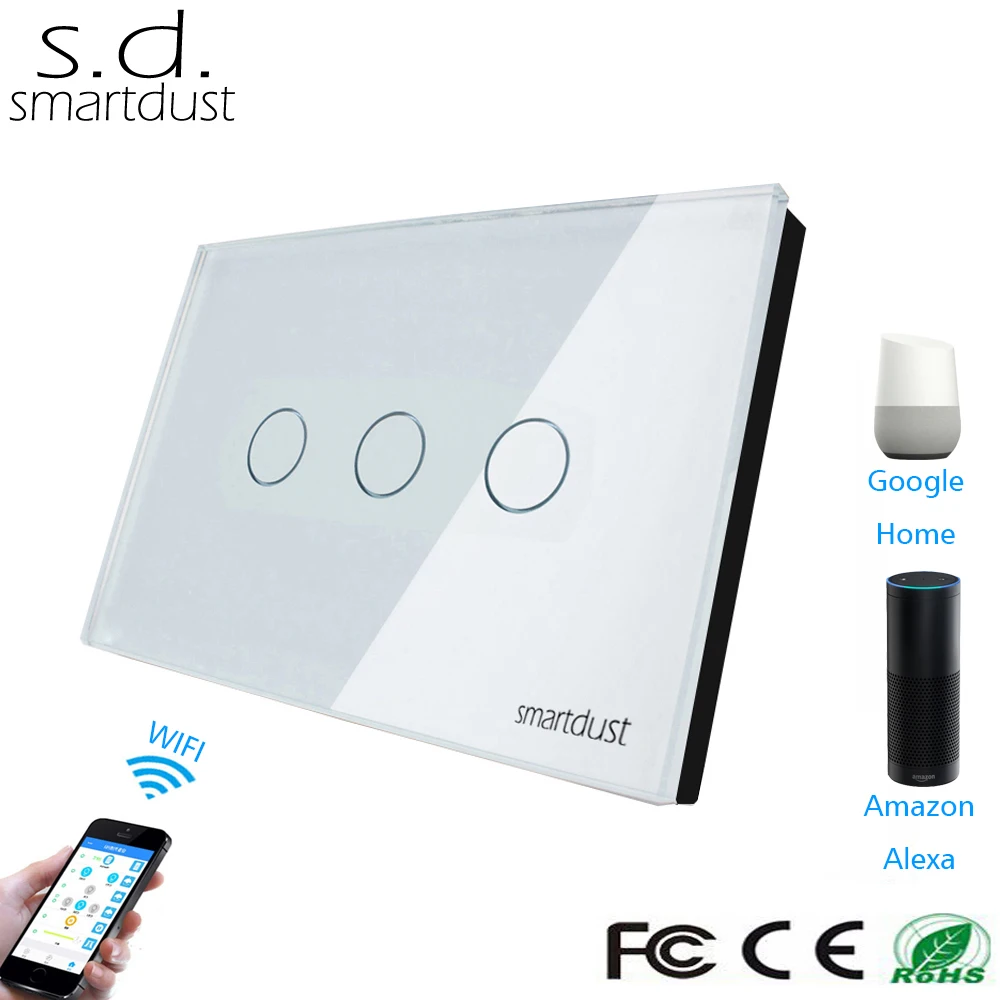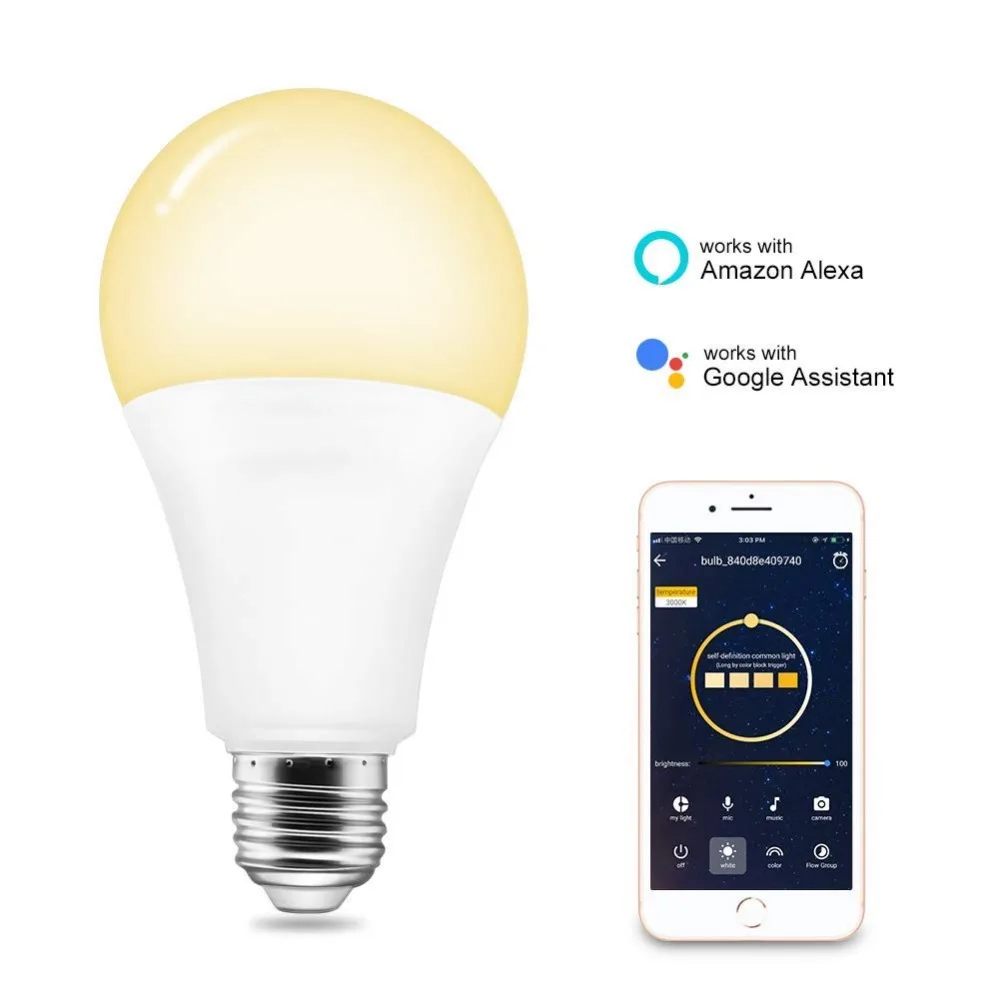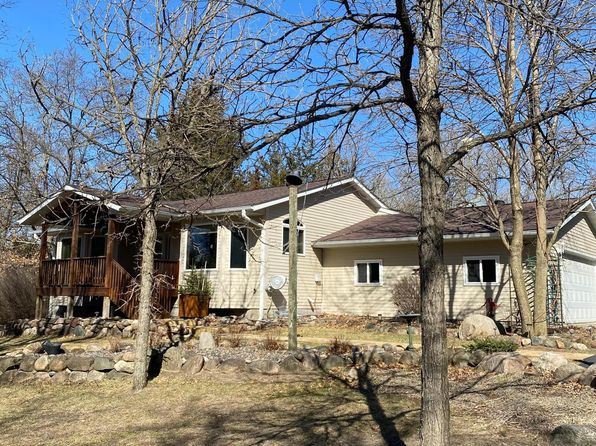Table of Content
Meanwhile, the Google Wifi supports AC1200 with 2 x 2 antennas for a total maximum of 1,200Mbps across one 2.4GHz band and one 5GHz band. It’s also got half the amount of RAM and a weaker quad-core 710Mhz processor. For first time Google Home app users, before you can migrate, you'll need to download the Google Home app and set up a home using the same Google Account you used in the Google Wifi app. If your network isn't listed you may need to switch Google Accounts. If a network needs to be migrated it will show "Migrate network" below the list of your networks.
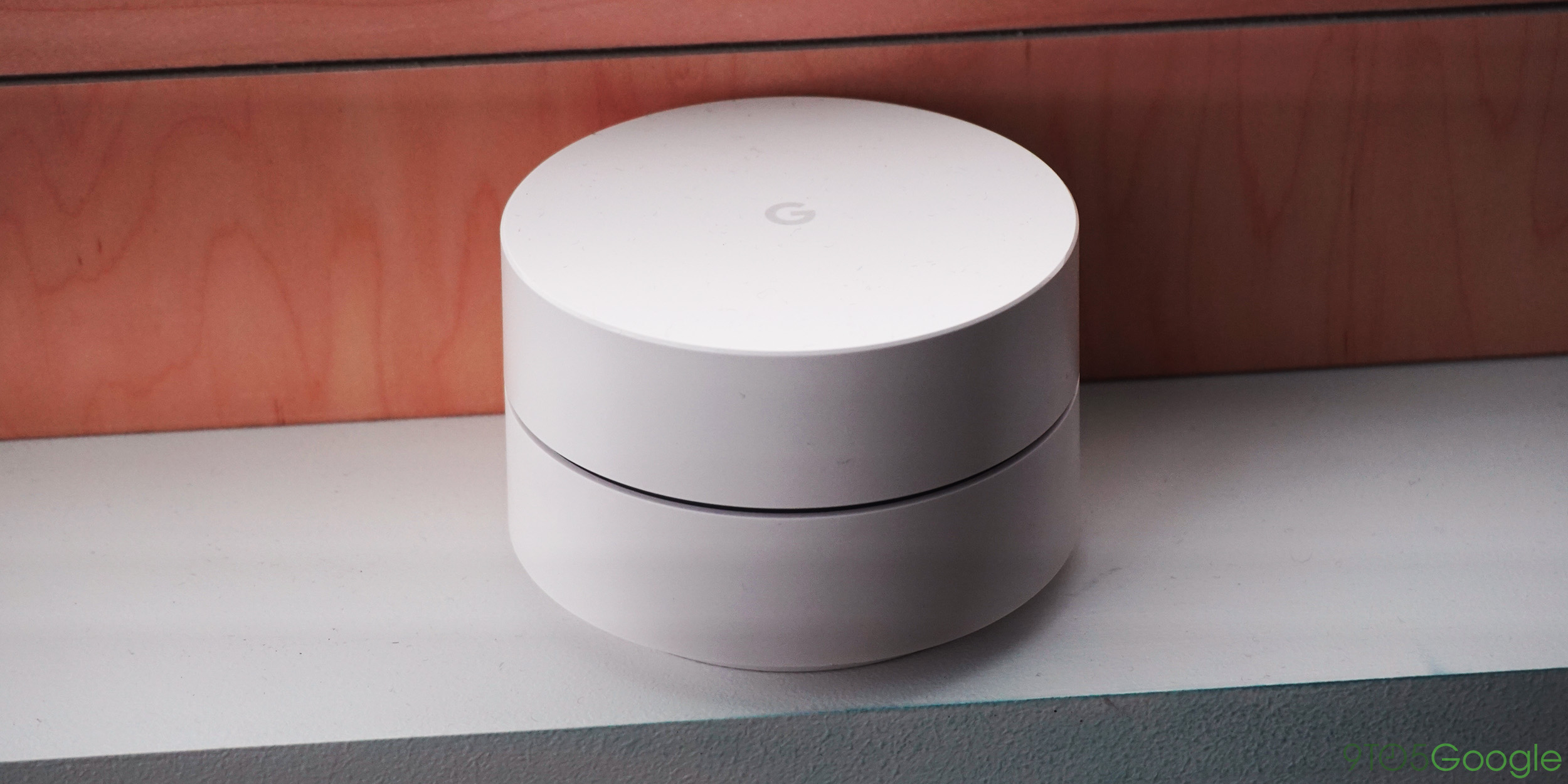
Here, you’ll also find ways to get more out of your devices and improve your home setup. One thing that I wish they'd bring to the Home app is the ability to see devices connected in not just real time, but 1 day, 7 days, and 30 days out. The use case would be so I could find a device that isn't currently connected, but once was, and I could rename it/see how much data it used/etc. The only feature that won't make the original cut, but will be available in a future update, is the ability to track speeds for specific network devices. The change is an attempt by Google to have all your devices managed from one central location.
A new, Nesty design
However, Google's support pagehighlights that you cannot go back to using the Google Wifi app once you make the transition. Google is deprecating its standalone Google Wifi app and integrating its functionality with the Google Home app. The Google Wifi app was used to set up and manage Google Wifi and OnHub routers.

With the Google Wifi owner account, add your Google Wifi network to the Google Home app. Your devices, network settings, and information from your Google Wifi app will also be visible in the Google Home app. Not interested in the multiple colors or the Google Assistant voice controls that come with Nest Wifi points? You can save a few bucks by using Google Wifi Points, instead -- but your system won't be quite as fast at range.
App controls
When you move to the Google Home app, you’ll need to add others as home members in the Google Home app to give them access to your Wifi settings. That band-steering worked particularly well when we tested both systems, so this seems to be one of Google's strong suits. With three years of development separating them, Google Wifi and Nest Wifi come with different hardware capabilities. For starters, Google Wifi is an AC1200 mesh system, which means that the combined top speeds of its 2.4 and 5GHz bands is 1,200 Mbps. With Nest Wifi, that speed rating jumps up to AC2200, so between the 2.4 and 5GHz bands, you're getting a more capable access point. Google Wifi devices are all identical, so you can use any of them as your system's router.
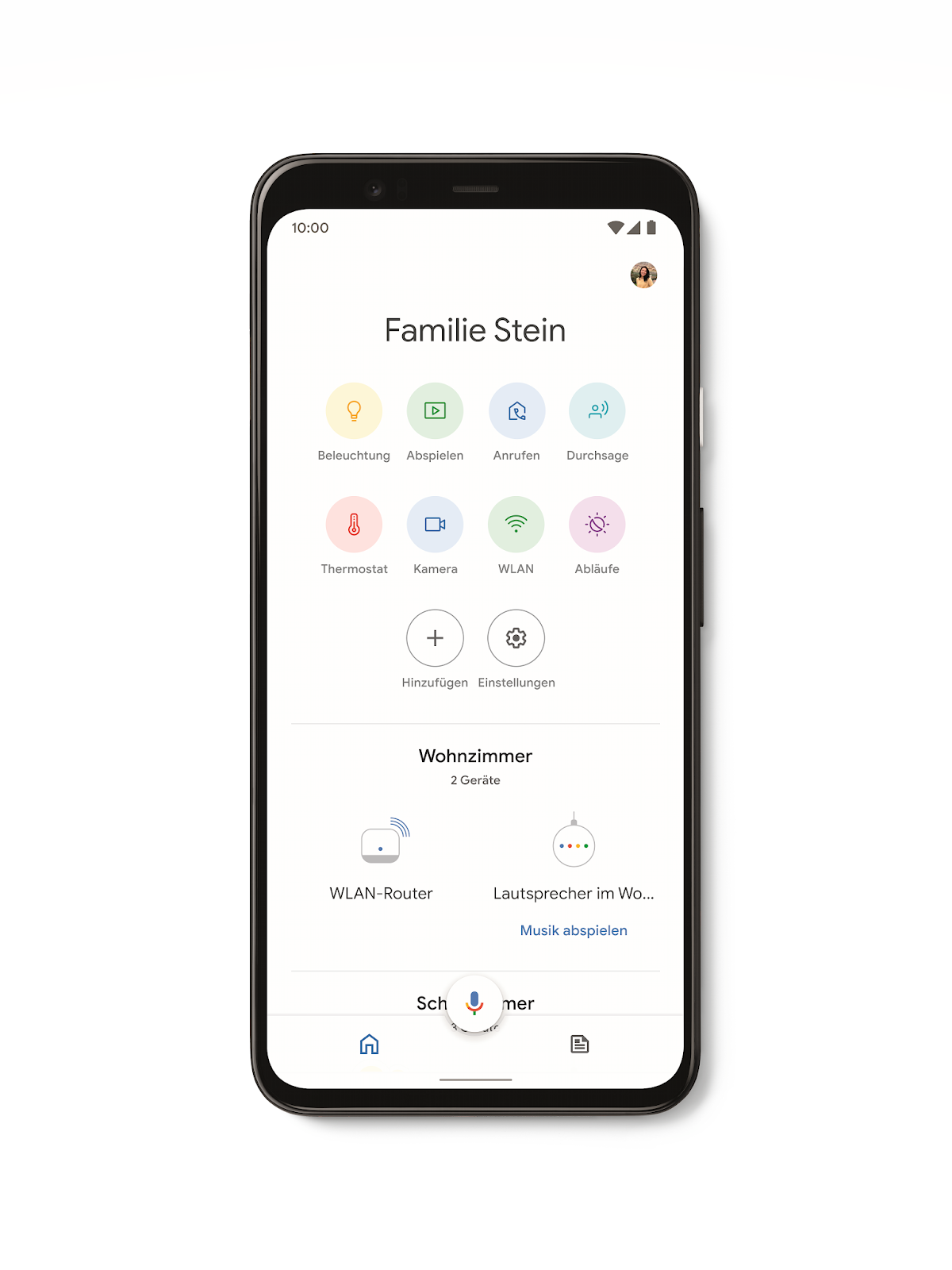
You can also get a notification if something important happens while you’re away. Sometime in June, Google will remove the Google Wifi app from the Play Store and iOS App Store for good. Raul is a content connoisseur who appreciates articles that age well.
Similar apps
For instance, nest.com is still up and running for customers to interact with security cameras and thermostats. However, customers who want to purchase hardware are redirected to the Google Store. Specifically, Google says that the only Google Wifi feature that won't be available in the Google Home app come July is the ability to track speeds to specific network devices. That feature is set to return in the Google Home app's upcoming 2.38 release.

Migrating your Google Wifi devices and settings to the Google Home app is not reversible. The Google Wifi app will be shut down and will only be able to be used to factory reset Wifi devices. If you want to make changes to your network, including to anyfeatures or settings, use the Google Home app. Oh, and speaking of those Nest Wifi Points, Google built a microphone and a speaker into each one.
Existing managers in the Google Wifi app will be removed when you add your Google Wifi devices and settings to the Google Home app. You'll also no longer be able to add or remove managers in the Google Wifi app. Instead, you'll need to add others as Google Home app home members in order to give them access to your Wi-Fi and device settings. With Google Fiber 2 Gig, customers will receive the Google Fiber Multi-Gig Router and tri-band Mesh Extender. A dual-band device has a 2.4 Ghz band and 5 Ghz band, but our tri-band Mesh Extender adds an additional 5 Ghz band for devices to connect to.
It was smoother than I expected and quicker than I’d hoped. Check out the visual walk-through below or open up your Google Home app and just dive in. This transition from Google Wifi to the Google Home app should not be surprising. The Nest Wifi routers launched in 2019 can only be set up using the Google Home app. The transition will also add some new features to your Google Wifi network, including Google Assistant integration. In the Wifi app, if a schedule is active, I can choose to "delay 30 minutes" or "end now".
Have the owner of the account accept the invitation to join. Have the owner of that account accept the invitation to join. Follow the instructions above to add your Google Wifi network to the Google Home app. Follow the in-app instructions to finish adding your network.

Your internet can come with up to two Google Wifi points, which typically cover up to 3,000 square feet. You can also use the Google Home app to set up and control your home network—and keep your internet family friendly with Family Wi-Fi. "We want to make it easier to manage all of your devices in one place, so we've migrated Wi-Fi functionality into the Google Home app," a Google spokesperson said.
The Nest Wifi router features those same two Ethernet jacks, but the Nest Wifi Points don't include Ethernet jacks at all. You can connect to the internet either wired or wirelessly. A wired connection requires an ethernet cord to connect your device directly to the internet. A wired connection will generally allow you to get the maximum speed available at your home, which means it will usually be faster.

